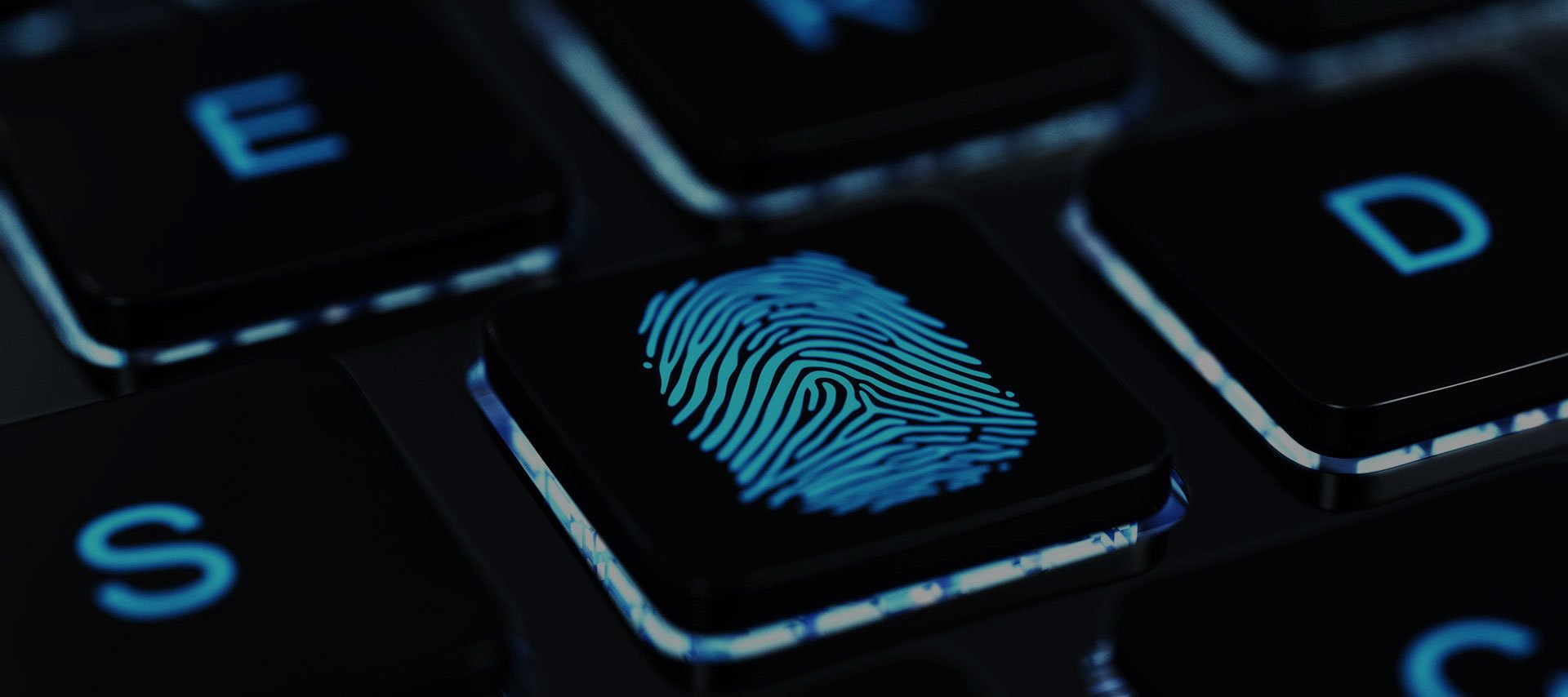Possessing child exploitation material (child pornography)
If you’ve been charged with possessing child exploitation material, or possessing child abuse material, it is most often because of police received a tipoff about a specific IP address, username, or email address being used for child pornography, or by tracking IP addresses of people downloading torrents.
For example, we have seen many cases of apps like Kik or websites such as MEGA (mega.nz) reporting users sharing illegal material. Once the IP address can be matched to a street address, police then apply for a search warrant, which is usually executed by Taskforce ARGOS (a specialist unit), or a local Child Protection Investigation Unit (CPIU).
A team of police then arrive at your doorstep early one morning, and conduct an analysis of your computers, hard drives, USBs, phones and other electronic devices to locate CEM, using in-field triage software.
Any admissions made by you during the search warrant or later interview can be used against you. If evidence is found on any devices, then you will be charged with an offence or several offences, depending on what the data reveals. The forensic analysis of the material will then form the basis on which a court will sentence you, or a jury will be asked to find you guilty.
Other common charges we encounter include:
- section 474.22: using a carriage service to access, transmit, or solicit child abuse material
- section 228B: making child exploitation material
- section 218B: grooming
- section 228C: distributing child exploitation material
What is considered child exploitation material?
Child exploitation material (CEM) is the Queensland term for what is commonly known as child pornography. Child abuse material (CAM) is the term used for charges under the Commonwealth criminal code.
In Queensland, the definition of CEM includes photos, videos, stories, and drawings which depict a person under 16 years in a sexual context, or an offensive or demeaning context, or being subjected to cruelty, abuse or torture. The material has to cause a reasonable adult offence in order for it to be illegal.
Queensland charges commonly include possessing child exploitation material, distributing child exploitation material, and making CEM available.
Under Commonwealth legislation, the definition of CAM is slightly wider and includes material involving a child under 18 years of age (as opposed to 16 in Queensland). Commonwealth charges include using a carriage service to access child abuse material, or make child abuse material available, or distribute child abuse material. More serious charges can include aggravated possession of child abuse material, or aggravated offences involving conduct on 3 or more occasions to 2 or more people.
Penalties and sentencing
The maximum penalties have steadily increased over the years, with maximum penalties of 14 years for possessing CEM and 15 years for using a carriage service for CAM. Some charges carry even higher maximum penalties of up to 25 or 30 years.
The law now says that actual imprisonment must be imposed unless there are exceptional circumstances. See our article explaining what this means here: Child pornography (CEM) — the new offences and changes to sentencing. This is the same position for Commonwealth offences as well, with some Commonwealth offences having mandatory minimum sentences starting at 7 years.
In addition to any penalty imposed by the court, there are also mandatory reporting obligations imposed after conviction of a CEM or CAM offence (as a “reportable offender”), which is often referred to as being on the sex offenders register. You can read all about the reporting regime here.
Analysis and grading of material
Sentencing for CEM charges is primarily based on an analysis of the quantity and seriousness of the material downloaded, accessed, created, or distributed. That means the court will consider the total amount of images and videos, but with a primary focus on the category of material (i.e. how offensive it is).
For Commonwealth charges like using a carriage service to access or distribute child abuse material, there may not be images or videos which can be categorised, because they were deleted, or only existed in a temporary format. Therefore, the court will look at other factors such as the length of time the offending occurred over and the amount and type of files shared or accessed (if that evidence is available).
Categorisation of child exploitation material
Police use a categorisation system now known as the Australian Child Abuse Categorisation System (ACACS), also referred to as the Interpol Baseline Scale (IBS). The ACACS/IBS scale involves categorising material into either Category 1 or Category 2 (see below table). The reports produced using this scale are known as LACE reports, which is a reference to the program used to grade material (Bluebear Law Enforcement Against Child Exploitation). This software primarily uses hash values of files to match them against a database of previously categorised files.
LACE CATEGORY |
DESCRIPTION |
| Category 1 (INTERPOL Baseline) | Real prepubescent child under 13, involved in (or witnessing) a sexual act, with a focus on genitals or anal region |
| Category 2 (Other Illegal) | Any other illegal files involving children under 16, including written or animated CEM |
Why you need George Criminal Lawyers
We are the leaders in this area of law, and achieve results unmatched by any other firm in Queensland. In fact, we are so good that this page and our articles have been widely copied and reproduced by other firms. Unfortunately, for clients who choose other firms, the mistake isn’t realised until they are being escorted out of court and into a concrete prison cell.
It is vital that you have a lawyer who not only understands the law, but — most importantly — the technological aspects of the evidence. This includes an extensive understanding of torrent software such as uTorrent and BitTorrent, apps such as Telegram, Kik, Signal, and WhatsApp, and anonymising technology such as VPNs and Tor.
It is also vital that your lawyer understands technical aspects of operating systems include cache files, deleted files, temporary internet files and private browsing data.
Forensic computer reports are frequently ignored by lawyers because they don’t understand them, which means they don’t carefully examine evidence that can prove or disprove the allegations against you, or help negotiate the facts. Even the more simple LACE reports are misunderstood by inexperienced lawyers, who overlook important details such as the number of unique files, duplicates, and deleted files. It is vital that this evidence is carefully scrutinised, because it can mean the difference between a cold concrete jail cell, or not.
Our specialised approach to CEM and CAM offences
Our Approach
When it comes to pleading guilty and being sentenced, our approach is tailored to your specific circumstances because we realise there is no “one size fits all” approach for these types of matters.
We carefully consider your background, employment and education, and investigate your mental health and any issues with drugs and alcohol. Our close working relationships with leading psychologists and psychiatrists developed over many years means we can produce reports to the court which address every necessary consideration when it comes to sentencing, such as psychiatric diagnosis, offence-specific treatment undertaken, and risk of re-offending.
We refer you to experts right from the beginning of your matter to ensure that by the time you face a District Court Judge you have done everything possible to show exceptional circumstances exist and avoid being sent to prison.
If you want to contest the charges against you, then our extensive technical and legal experience in this area means you have the best possible chance of being found not guilty. We understand how to read, analyse and argue against digital forensic data obtained by police. For example, we had a client found not guilty after a trial in the Brisbane District Court based on our careful cross-examination and analysis of metadata being relied on by the prosecution.
Our careful and meticulous approach to every CEM matter can mean the difference between actual jail or not. We have achieved results unmatched by many others, such as a good behaviour bond for accessing CEM in New South Wales, and a fine without conviction for possessing CEM in Queensland (as recently as 13 July 2023).
We have connections to the best criminal barristers in Queensland, and we know exactly what needs to be done to defend you. Don’t make a mistake and choose the wrong law firm to represent you. With George Criminal Lawyers on your side, you can rest assured that your future is in the safest possible hands.
Contact us now to get started. Your future depends on it.







